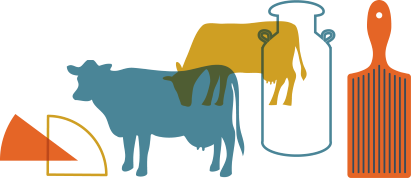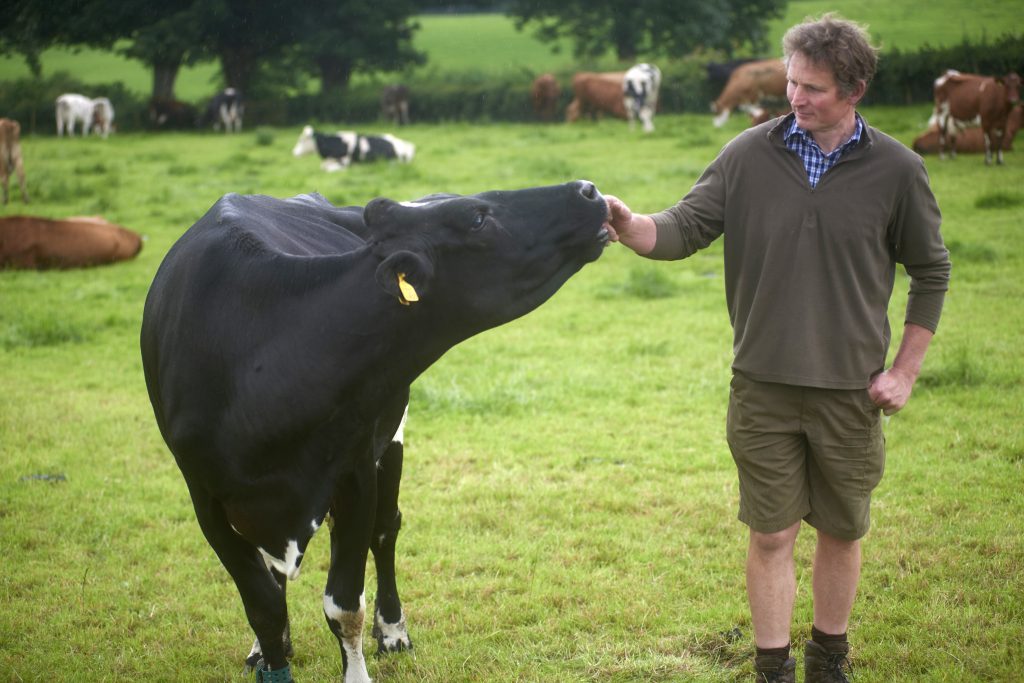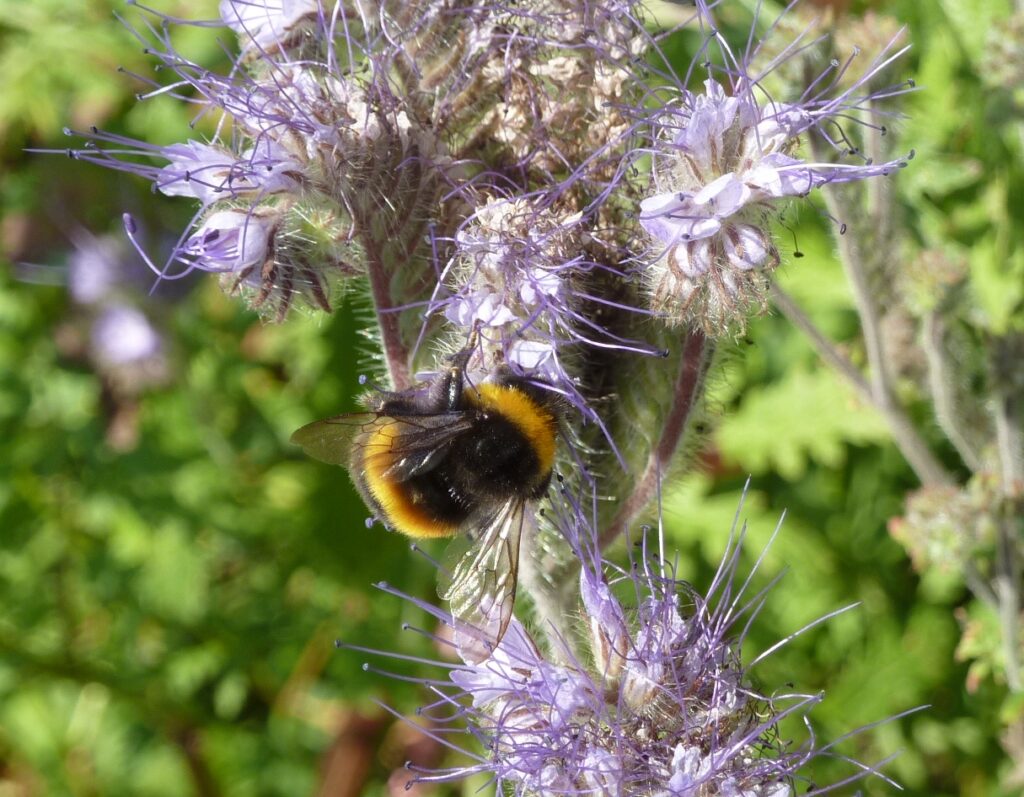
Nature friendly farming
Low Sizergh is a nature-friendly farm and we have recently joined the Nature Friendly Farming Network, which brings together farmers who champion a way of farming that’s both sustainable and good for nature. Our countryside should be productive and bursting with wildlife and that’s something we are proud to be part of. Farmer Richard is also working with 3LM, the Savory Institute Hub here in the UK to develop holistic farming practices. Along with the organic reconversion, all of these natural farming approaches are woven together to help the land that we care for to thrive. Below, Richard lays out the current issues that he is addressing through natural farming practice…
We’ve long been part of stewardship farming schemes, which encouraged nature round the edges of our land and we have been successful with our hedges, walls, coppices and pond – all of which provide fantastic natural habitats. But nature doesn’t fit our human desire for zones and areas (“nature doesn’t do monocultures”) so the success is self-limiting.
For instance, our fields of ryegrass, although very productive when fed with nitrogen fertilizer and an occasional spray of herbicide to prevent the encroachment of unwanted plants or weeds, are effectively green desert environments. For nature to thrive near them is impossible, and they are a great opportunity for invading plants or fungal diseases as no competition exists.
We now recognise the principle that the more complex and diverse the environment, the more opportunities there are for interactions between animals, plants, and soil bacteria microbes.
Trying to maintain a monoculture of only grasses with perhaps clover is possible in our climate, but having more diversity will actually make it easier to manage our land and our crop. A range of grasses, clovers and herbs makes it more difficult for other unwanted plants to reach levels that are a problem. Also, a range of plants drawing minerals at different rooting depths helps drainage and tolerates extreme wet and dry weather.
I am now introducing different grasses, clovers and herbs into both grazing and cutting areas – mainly through over-seeding and grazing management. And I’m combining my rotational grazing system and holistic planned grazing for dairy cows by having longer rest periods between grazings.
These grazing systems will then be introduced to calve and sheep grazing fields. Alongside these changes, I have designed and built a new mobile hen cabin called the “egg mobile” – the hens follow the cows around the grazing area, moving daily to forage, spreading cow pats, and picking out the fly larva. This follows nature’s pattern.
Although it is early days, when I decided to convert to organic farming (which works well with natural farming) I wanted a way of measuring the progress being made and have found a relatively simple system through my holistic management training done through the Savory Institute.
Our base year assessment looks at a range of eight measurements including bare ground, capping, grasses and forbs (herbaceous flowering plants in pasture). We’ll carry out this check annually and look forward to reporting improvements in each of them; all have been shown to benefit flora and fauna.
By using holistic management, we can also favour particular plant or animal habitats by altering the management of an area – I believe that’s an excellent tool to have in the farming box.




